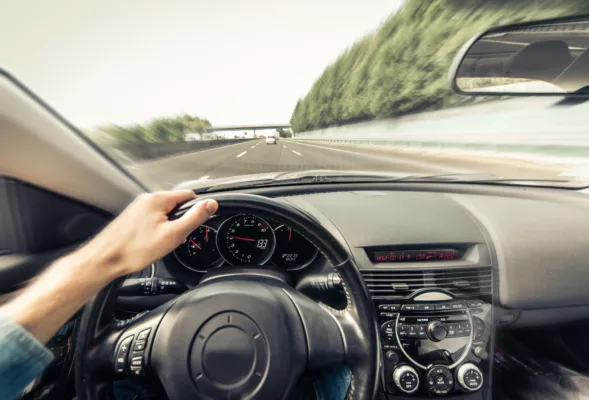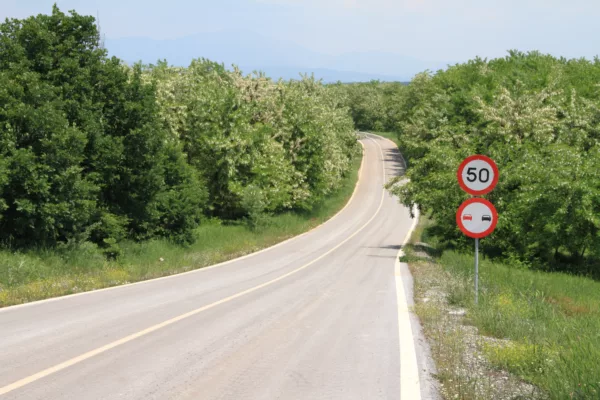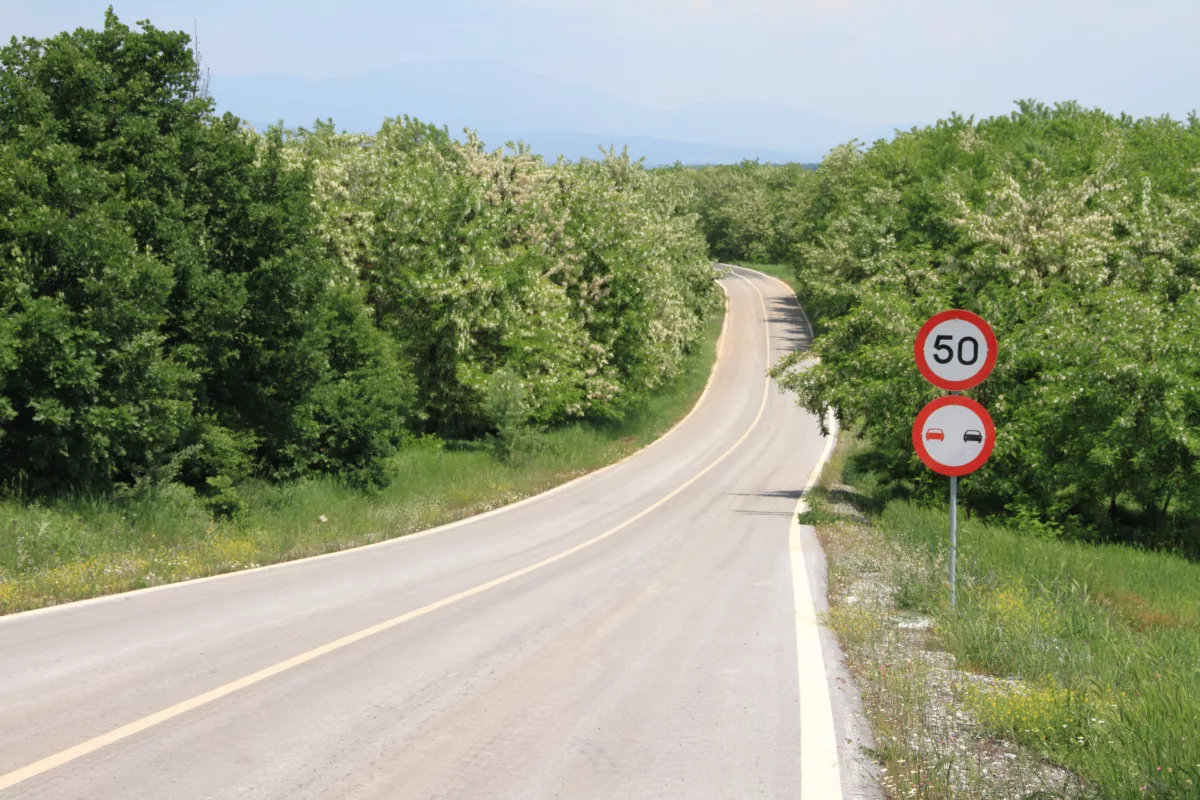Many traffic accidents are the result of excessive speed; those who caused the accident often drove too fast and were no longer able to react appropriately in an emergency. Therefore, the legislature has set a speed limit for all routes in the Road Traffic Regulations , or StVO for short . The specified speed limit is intended to improve traffic safety and minimize the number of accidents. In addition, the law differentiates between different vehicles; not every speed limit in Germany applies to every car; for example, a distinction is made between cars and trucks.
Speed limits in GermanySpeed limitation – What penalties are there for exceeding the maximum speed? Find out today!schland
With the help of a set speed limit, the speed on streets in residential areas, side streets and outside built-up areas can be regulated. The speed limit always applies on the respective section of the route. If the driver sees a corresponding traffic sign at the end of the route, the speed limit is considered lifted.
Speed limits
The various traffic rules and the applicable speed limits are regulated by appropriate signage in Germany. How to interpret these is taught in driving school. It is not always immediately clear to everyone where which speed limit ends. In order to make the end of the displayed speed limit clear, the ADAC, for example, requires the repetition of traffic signs, which would also be a good help for non-local road users.

Speed limit in urban areas
A general speed limit is particularly important in built-up areas. It’s not just vehicles that are part of road traffic here; pedestrians and cyclists also move around in towns. Particular consideration is required for children and older people in particular.
In urban areas there is a speed limit of 50 km/h unless existing traffic signs state otherwise. Depending on the area, signage may also specify a speed limit of 30 km/h. In so-called play streets, drivers are only allowed to drive at walking speed. Drivers must pay attention to the posted speed limit , especially near kindergartens and schools , as particular caution is required in these dangerous areas.
Speed limit outside built-up areas – speed limit outside of built-up areas
Outside town, the maximum speeds depend on the respective vehicle; a normal car must adhere to the speed limit of 100 km/h, which counts for cars with a permissible total mass of up to 3.5 tonnes. A speed limit of 80 km/h applies to cars with trailers, and the same applies to mobile homes and trucks with a permissible total mass of up to 3.5 tonnes.
Motor vehicles and vehicles with trailers that exceed a total mass of 7.5 tons must adhere to a different speed limit; in this case, 60 km/h counts as the speed limit. Basically, every driver must always pay attention to the traffic signs that are posted outside of towns and cities , as these determine the maximum permissible speed on the respective route.
Special case of the motorway: Will the speed limit be lifted?
The speed limit does not apply on motorways in Germany, unless a restriction is indicated by a traffic sign on the section of the route . Out of town and especially on motorways, danger areas such as tight curves or construction sites are marked; in this case the speed limits are indicated by an additional sign. The driver must then adjust his driving speed accordingly, otherwise speeding will be punished with a fine, points in Flensburg or a driving ban .
Unless otherwise signposted, there is no speed limit on the motorway, just a recommended speed limit.
The recommended speed on the highway is 130 km/h, which is the recommended speed that you should drive on the highway. However, there is no penalty if you exceed the limit, as there is no speed limit on German motorways. The recommended speed is only given as a guideline, but anyone who travels faster on the road and possibly causes an accident is always partly to blame at high speed and must expect possible sanctions.

Removal of a speed limit
A speed limit can be overridden even without signs. For example, a speed limit at a danger zone is lifted again after it has been crossed. However, general speed limits for a section of route must be explicitly lifted; they do not automatically lose their validity after the next intersection or junction .
The StVO clearly states which signs are valid to remove a speed limit . On the one hand, there is the classic round, white sign with a black border and five bars. It shows the speed limit that ends from this point. Another variant is a similar sign with a black border , but without numbers shown, it removes any bans that have been placed on the route.
What happens if you exceed the speed limit
If the speed limit is ignored in urban areas and on country roads, you can expect a fine to be imposed. Anyone who ignores a speed limit and is seen by an officer or a speed camera will receive a notice in the mail at short notice. In order to estimate the costs in advance, you can use a fine calculator online ; this refers to the current catalog of fines for 2023 and indicates what penalty you have to expect.
Exceeding the speed limit in urban areas of up to 10 km/h is punishable by a fine of 30 euros. Anyone who exceeds the permitted speed by up to 20 km/h will face costs of up to 70 euros. Anyone who ignores the speed limit in built-up areas to a large extent will face higher fines, points in Flensburg and possible driving bans of several months. Depending on the speed limit, the fine varies between 20 and 800 euros . If you are caught speeding 30 km/h too much twice within a year, you could also face a driving ban.
The situation is similar with ignoring the speed limit outside of town ; here too, exceeding the permitted speed results in fines and possible driving bans.



